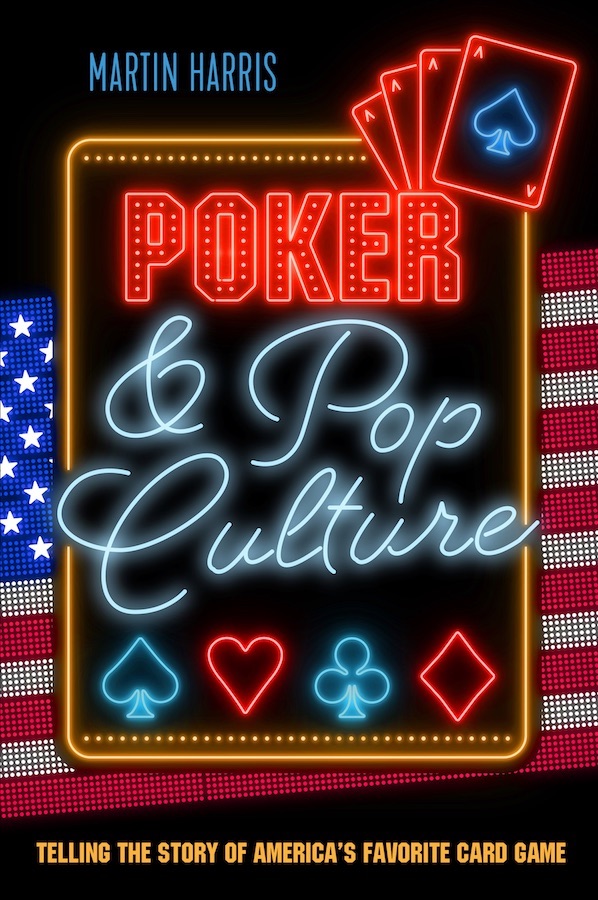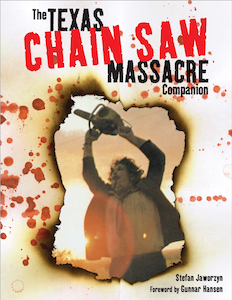More on Mario Puzo
Once upon a time while a graduate student I served as a teaching assistant for an especially interesting class titled “American Bestsellers and Their Movies.” We read bestselling American novels going all of the way back to the early 19th century then watched film adaptations, and I got to lead a discussion section and even lecture some. Among the titles we covered were James Fenimore Cooper’s The Last of the Mohicans, Harriet Beecher Stowe’s Uncle Tom’s Cabin, Grace Metalious’s Peyton Place, John Grisham’s The Firm, and a few others, including The Godfather.
It was a fun course to take and to teach, insofar as the novels helped shed a lot of light on American culture thanks to their status as bestsellers, and the films also gave us many ways to explore narrative and the various methods of telling stories. I found it all fascinating, and ended up trying to employ some of the ideas I gathered regarding plot construction and the creation of commercial art when I came to write my novel, Same Difference, which has yet to reach bestseller status or be adapted into film, but I remain patient on both fronts.
Of all the films we watched in the course, The Godfather was easily the most accomplished and probably the only clear cut example of a film representing a greater artistic achievement than the book on which it was based. I always appreciated Puzo’s novel, though, as extremely effective in its plotting and filled with memorable characters and scenes.
There are a couple of needless digressions and other indulgences in the book (all dealt with smartly by the film, actually), as well as other small issues I complained about here and there in the margins of my copy. But overall the book is definitely a triumph of commercial writing and the influential place occupied by the Corleone family in American culture cannot be questioned.
Anyhow, the main reason why I ended up going back and rereading The Godfather was because not long ago I’d picked up a copy of his 1977 nonfiction book Inside Las Vegas. Kind of curious, actually, to think about how Puzo chose not to start churning out sequels to his blockbuster -- and one of the bestselling novels in history -- and instead make his next published title a kind of “coffee table” book in which he explored his fascination with gambling, casino culture, and that adult playground known as Sin City.
Of course, Puzo did stick pretty closely to The Godfather over the next several years, with the breakthrough success of the book profoundly altering his writing career. Soon he’d move from Manhattan to Hollywood where he’d work in an office at Paramount as he assisted director Francis Ford Coppola with the screenplays for both the 1972 adaptation and the 1974 sequel, the latter of which extended the story beyond the scope of the original novel.
From there Puzo then became involved with screenplay writing for other films as well, including co-scripting the first two Superman films. In fact, it would be nearly a decade before Puzo would publish his next novel, Fools Die, which is in fact partly set in Las Vegas.
I ended up writing a lot of additional material about both Inside Las Vegas and Fools Die for the Pop Poker piece, although in the end we decided just to stick with a discussion of The Godfather over there. Meanwhile, for those who are curious, I thought I’d share some thoughts about the latter two books here today.
Going Inside Las Vegas
As I say above, Inside Las Vegas is really a “coffee table” book filled with hundreds of color and black-and-white photographs taken in and around the casinos of Las Vegas from during the mid-1970s. Interspersed along the way are chapter-length essays by Puzo which detail the history of gambling, offer some behind-the-scenes stuff about Vegas casinos and how they run, and also occasionally explore humans’ seemingly innate need to take risks.
The book also contains some highly personal anecdotes about Puzo himself, revealing him to have followed the footsteps of one of his favorite writers, Fyodor Dostoevsky, to become a problem gambler. He even admits in the introduction that he was likely chosen to write the book “because I have the reputation as a degenerate gambler.”
The stories he tells about himself confirm this reputation, showing that he lost so much gambling he basically had reached a point at which he was forced to swear off it altogether. Having become immensely rich from The Godfather book and films, he realizes that ironically he could no longer afford to gamble now that he possesses real wealth.
“Now for the first time in my life, making more money than I have ever made in my life... now I have too much to lose,” he admits.
Like The Godfather, Inside Las Vegas defends gambling as a “natural” vice, “one of the primary drives of mankind.” But Puzo also recognizes its destructiveness, and characterizes the casino games of Las Vegas as eminently unbeatable. “Sure, you may win on some trips,” writes Puzo. “But eventually you will get wiped out.”
Poker was not nearly as popular in the 1970s as it has since become, so it is not surprising to read of Puzo playing nearly every other game in the casino except poker. Thus does he repeatedly succumb to the house’s percentage edge, coming away with the conclusion that while Vegas is great fun, one can only (ultimately) lose while there.
The book provides a subjective, loosely organized study of Las Vegas of the era, with Puzo’s anecdotes populated by a large collection of character sketches of casino managers, pit bosses, floorwalkers, boxmen, stickmen, croupiers, dealers, shills, hosts, junket masters, collectors, and call girls.
I’d recommend it without qualification for the photos alone, but the essays by Puzo add further insight and are quite diverting for those of us with an interest in gambling, casinos, Las Vegas, and/or the 1970s.
People gamble... and Fools Die
At last in 1978, Puzo’s next novel Fools Die would appear, which like The Godfather is a sprawling story with a large cast of characters whose stories intertwine over the course of a couple of decades and five hundred-plus pages.
There’s more sex and less violence in Fools Die than in Puzo’s previous novel, although the overall tone is similarly dark. And this time Puzo more directly explores the culture of gambling, beginning and ending his novel amid the adult-themed excesses of the Las Vegas that captivated him so.
Some of the anecdotes and characters from Inside Las Vegas find their way into Fools Die, with the story focusing initially on a group of gamblers thrown together in Las Vegas, then separating as the story narrows to concentrate upon one of them -- Merlyn -- whose life most obviously parallels Puzo’s own.
Like Puzo, Merlyn is a novelist who eventually writes a best-seller before getting involved in movie-making. He’s also a losing gambler, although avoids the debilitating losses Puzo experienced. Again, poker isn’t really given much prominence in the book, although the baccarat games are sometimes described in terms that resemble the dynamics of a poker table.
While not as carefully plotted as The Godfather and even somewhat experimental in places -- including frequent shifts between first- and third-person narration -- the book offers much of interest to gamblers and poker players. There are numerous quotable lines about gambling throughout, too, including one frequently delivered by the casino owner Gronevelt who wields Don Corleone-like power over his casino, Xanadu, and beyond.
“You have to get rich in the dark,” Gronevelt says, the point being that like was the case with the Corleones in The Godfather, he’s determined it best to operate outside of externally-imposed “systems” if one hopes to get ahead.
I was fairly energized by the first third or so of Fools Die, but to be honest found myself less and less enthused by the latter chapters. Those indulgences and digressions I mentioned popping up in The Godfather happen again in this novel, and while I did find some of them interesting after a while they caused me to become less engaged and not terribly motivated to discover the ultimate fates of Merlyn and the other characters.
There’s a ton of stuff about Hollywood culture and its artist-killing influence, and in fact at times the novel seems to read like a roman à clef-type exposé of particular figures as well as the general corruption of the studio system. And while the introduction of a Norman Mailer-like character, Osano, sparks interest about halfway through, he -- like Mailer -- gets tedious after while.
All of which is to say while I certainly recommend Inside Las Vegas -- especially to readers of this blog -- I’m a little less quick to do so with Fools Die. I’ve yet to explore too much else from Puzo, although I know he’d return again to the topic of Las Vegas in The Last Don, the last of his novels to be published prior to his death in 1999, the story of which explicitly examines mob ties to the origins and growth of Vegas casinos.
For those who have read this far, thanks for permitting me to be like Puzo and indulge in these digressions from that Pop Poker piece. And if you’ve read any of these books (or other titles by Puzo), I’d be curious to hear your thoughts about him, too.
Labels: *by the book, Fools Die, Inside Las Vegas, Mario Puzo, PokerListings, Pop Poker, The Godfather

















2 Comments:
Bob and I recently saw a theater production of "The Odd Couple," which featured much more poker table banter than I remembered. If you haven't checked it out recently, you might get a kick out of it.
Yes, the play is full of poker, as is the movie (which sticks fairly closely to the play). Wrote another "Pop Poker" on The Odd Couple a while back ~~> "The Odd Couple's Common Thread."
Post a Comment
<< Home